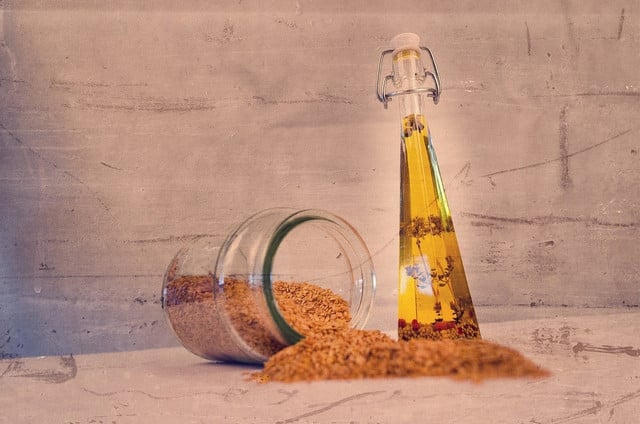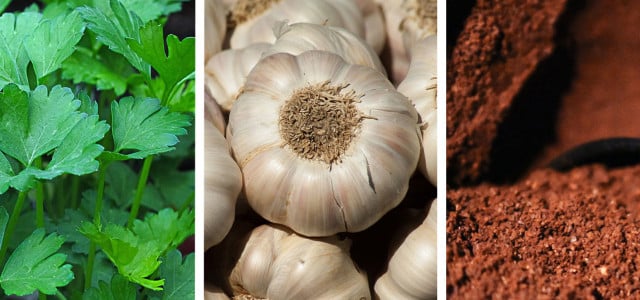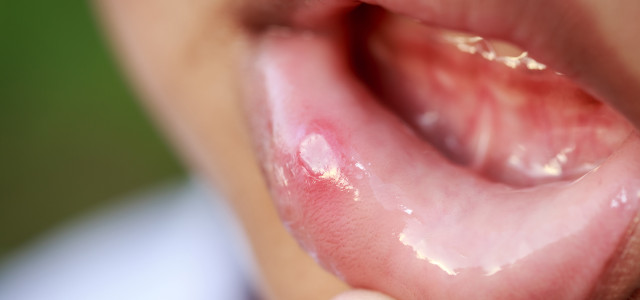Claimed benefits include curing hangovers to preventing tooth decay, but does oil pulling work? Learn more about the pros and cons of this ancient practice.
Oil pulling is an ancient practice that originated in the traditional medicine system of ancient India called Ayurveda. It involves swishing oil in your mouth for 20–30 minutes. Commonly used oils include sunflower oil, sesame oil and coconut oil. Proponents believe it removes bacteria and toxins from the body via the gums.
For centuries, people used this practice every day to prevent and treat a range of disorders — including tooth decay, bad breath, bleeding gums, gingivitis, cracked lips and even systemic disorders — but does oil pulling work? Let’s find out.
Does Oil Pulling Work for Oral Health?

(Foto: CC0 / Pexels / Sarah Chai)
Oil pulling is used all over the world to treat a range of oral and dental health issues — such as plaque, dental caries, gingivitis and bad breath — but does oil pulling work to improve oral health? A reasonable amount of evidence exists to suggest that it might help alleviate and manage some issues — but definitive conclusions are hard to reach.
An extensive 2017 literature review reported that oil pulling improves overall oral hygiene when done correctly, regularly and with brushing and flossing. Several others agree. A recent study found that oil pulling with sesame oil resulted in a statistically significant decrease in plaque, gingival scores and bacterial counts. Research investigating the use of coconut oil for oil pulling found that it, too, significantly reduced plaque and signs of gingivitis.
It’s important to note that some researchers found no correlation between oil pulling and improved oral health — so the overall results are inconclusive. The American Dental Association (ADA) has stated that there is insufficient research to support the practice of oil pulling. Therefore, more research is needed before scientists can say with surety that oil pulling works for oral health and dental issues.
Most experts do agree that oil pulling is not a substitute for regular brushing and dental care — so we do not recommend that you replace your oral care with oil pulling. We do, however, recommend that you try our teeth-whitening home remedies and our homemade toothpaste! In view of its reported and observed benefits — some researchers do suggest that oil pulling could serve as an affordable option in developing countries with limited access to oral hygiene products.
Have you ever heard of gingelly oil? It can be used for oil pulling, too! Read more in our guide.
Does Oil Pulling Work for Other Disorders?



(Foto: CC0 / Pixabay / PublicDomainPictures)
Supporters of oil pulling don’t just say it works for oral health. It is also believed to treat more than thirty systemic disorders — including headache, migraine diabetes and asthma — when practiced correctly under guidance from an Ayurvedic practitioner. The theory is that the practice helps to remove toxins from the body via the gums — but does oil pulling work in this way?
According to Nature, there is no evidence that oil pulling can prevent cavities, detoxify the body, strengthen teeth, treat cancer or reduce headaches — despite such claims. Therefore, it appears that oil pulling does not work in the treatment of more than 30 systemic disorders.
Oil Pulling Side-Effects



(Foto: CC0 / Pixabay / 10634669)
There are very few documented side effects or dangers from oil pulling. Some dentists do warn that the practice may cause:
- Dry mouth
- Excessive thirst
- Muscular stiffness
- Sore jaw
- Headache
- Exhaustion
- Loss of taste
- Little sensation in the mouth
Overall, though, oil pulling appears to be a relatively safe practice provided you are not allergic or sensitive to the oil you use. Ask your dentist before starting to practice oil pulling if you have any oral health conditions or concerns.
How to Try It Yourself



(Foto: CC0 / Pixabay / Victoria_Watercolor)
Does oil pulling work? The results are inconclusive, so you may want to try it out yourself and come up with your own conclusion.
- Put 1 to 2 teaspoons of sesame oil or fractionated coconut oil into your mouth.
- Swish the oil around for 20 to 30 minutes as tolerated. Be careful not to let the oil touch the back of your throat and do not swallow (as the oil may contain toxins from your gums and body).
- Spit the oil out after 20–30 minutes.
- Rinse your mouth with water and spit.
- Rinse again.
- Drink a full glass of water.
- Don’t forget to brush your teeth and floss!
Read more:
- 8 Hidden Benefits of Black Sesame Seeds
- No Poo Shampoo: The Natural Alternative to Conventional Shampoo
- Tutorial: Natural DIY Body Wash for Beginners
Important Information regarding Health-related Topics.
** Links to retailers marked with ** or underlined orange are partially partner links: If you buy here, you actively support Utopia.org, because we will receive a small part of the sales proceeds. More info.Do you like this post?








